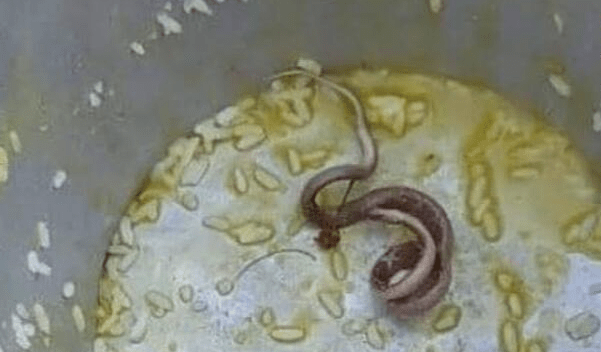India’s National Human Rights Commission (NHRC) has announced that it has launched an investigation into reports that more than 100 children fell ill after consuming a school lunch from which a dead snake had allegedly been removed before serving.
In a statement, the NHRC said the incident occurred last week in a government-run school in Mokama, a city in the eastern state of Bihar, one of the poorest in India. According to reports cited by the commission, a cook is alleged to have served the meal to students after removing a dead snake from the food.
“Reportedly, the cook served the food to the children after removing a dead snake from it,” the NHRC said, calling the reports deeply disturbing and demanding immediate action from local authorities.
The commission has requested a “detailed report” from senior state officials and the police, which should include the health status of the children affected and an account of the circumstances surrounding the incident. If confirmed, the NHRC said the episode represents a “serious issue of violation of the human rights of the students.”
The incident has sparked public outrage, with parents and community members staging protests that included road blockades. “The news about the children falling ill, due to the consumption of the midday meal, led to the blocking of the road by the protesting villagers,” the NHRC noted.
India’s midday meal scheme provides free lunches to millions of children in government schools, serving both as a nutritional intervention and an incentive for school attendance. However, concerns over hygiene and food safety persist, particularly in underserved regions.
The NHRC’s inquiry evokes memories of a 2013 tragedy in Bihar’s Saran district, where 23 schoolchildren died after consuming a lunch contaminated with pesticide. That incident led to a nationwide review and tightening of food safety protocols in schools.
The commission said it expects a prompt and transparent investigation to ensure accountability and prevent recurrence of such health hazards.
